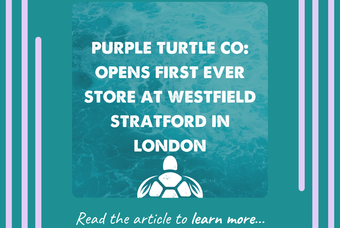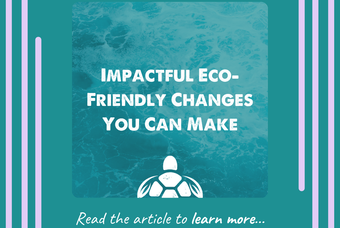The News-Hub/ Articles
Back to Articles
Recommended Articles
The voice of a generation: An 11 year olds view on plastic pollution
This article is a special edition piece written by a young environmentalist named He Yile, a student of one of our regular writers, Naomi Hunt. Enjoy!
From the Writer: My name is He Yile. I am eleven years old and I am a student currently living in Singapore. Over the past year, I have been learning about the environment. Here is what I think:
We have a serious problem at the moment concerning plastic pollution. This problem is global. It affects us all. But, if we learn from our mistakes and make a change, we can save our oceans and make this world a more prosperous and sustainable place.
Nowadays, pollution is a serious threat to our oceans. Most of this is because of excessive plastic pollution. Due to an increasing number of single-use plastics being used every day, the situation has become no laughing matter. Single-use plastics are plastics which are used only once and are then thrown away. These include plastic straws, plastic bottles and plastic bags. Microplastics can also have a detrimental effect on the environment. Microplastics are tiny pieces of plastic that are smaller than five millimetres.
The problem is that most of this plastic ends up in our oceans. The amount of plastic waste in our oceans has accumulated to such an extent that it is sinister to marine life, killing over 100 million each year. Our oceans have become so polluted that something called the Great Pacific Garbage Patch has been formed. The Great Pacific Garbage Patch is a collection of plastic marine debris in the North Pacific Ocean. The Great Pacific Garbage Patch contains between 1.1 to 3.6 trillion pieces of plastic. This threatens to end an exquisite underwater world of tranquility. How does this happen?
This plastic pollution is torturing marine life. For example, sea turtles often mistake plastic bags as jellyfish. Plastic bags have also caused turtles and other animals to suffocate to death. Single-use plastics are not the only source of destruction. Microplastics are also fatal to marine life. This is because they end up in the food chain. After eating plastic, animals feel bloated and could eventually die from starvation. Their intestines can also get blocked by plastic and they can die. Finally, aquatic animals can get trapped in plastic items such as fishing nets and six-pack plastic rings. It is heart-wrenching to watch them suffer.
Our oceans are put in vast risk because of our appalling behaviour. We should be more thoughtful. We must take immediate steps to protect our oceans and marine life.
Can our different generations work together to overcome the problem?
Empty content. Please select category to preview











0 comments. Write a comment